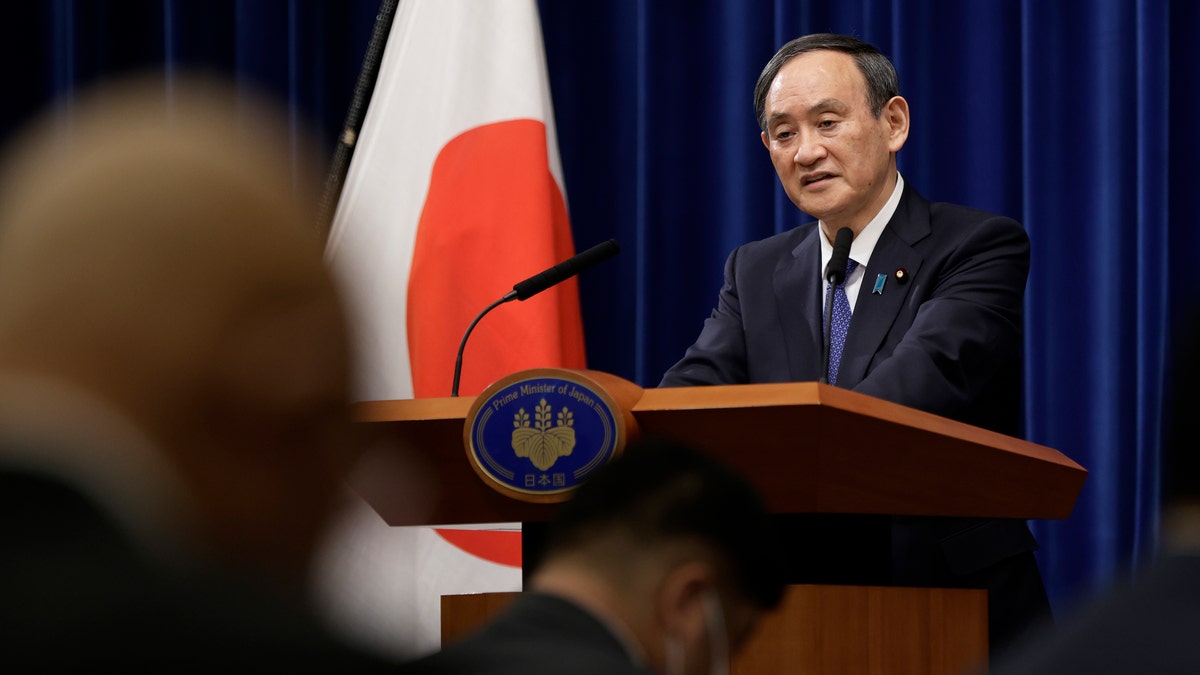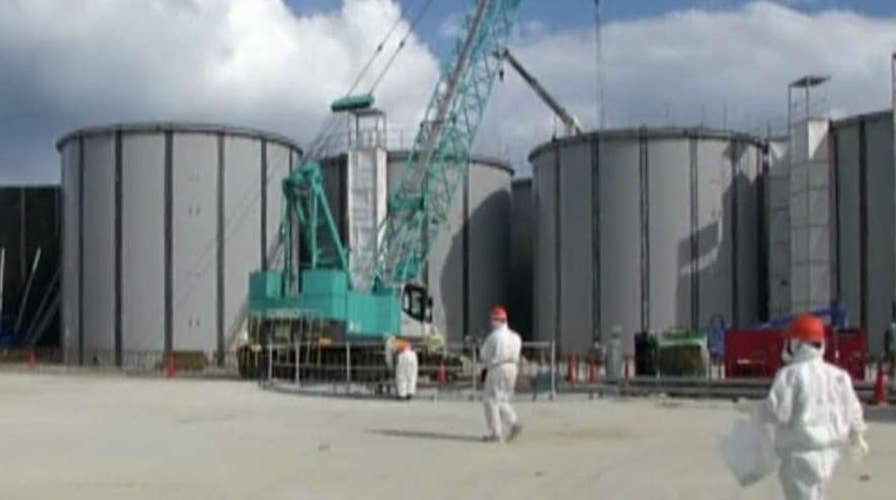The Fukushima nuclear disaster: Six years later
'Special Report' revisits the story for the 'Whatever Happened To' series.
Ten years to the day after Japan's 2011 Fukushima nuclear disaster, experts say cleaning up the Fukushima Daiichi Nuclear Power Plant reactors will still take another 30 years.
The plant's owner, Tokyo Electric Power Co. (TEPCO), predicts that decadeslong work to remove nuclear fuel, about 900 tons of melted fuel debris, dispose of contaminated cooling water and dismantle the four reactors will cost the government $76 billion or even more, according to Science Magazine.
"We’re still just very near the starting line" for cleaning up after the meltdowns and explosions triggered by the natural disasters, Fukushima prefecture Governor Masao Uchibori told reporters at a February press conference.
BIDEN TOLD UNION LEADERS 'I'M ALL FOR NATURAL GAS': REPORT
Details about what's happening inside the reactors are largely unknown because it is still too dangerous for humans to go inside and robots can only provide a partial view of the melted fuel.
In 2022, workers are scheduled to test a mechanical arm that will retrieve fuel debris at the bottom of the Unit 2 reactor.
In addition, 1.24 million tons of contaminated water circulating through the reactors -- some of which leaked into the ocean early in the crisis -- will also be tricky to deal with and treatment can only remove certain radioactive elements, not including tritium, which poses a health risk.

This Jan. 25, 2019, file photo shows water tanks containing contaminated water that has been treated at the Fukushima Dai-ichi nuclear plant in Okuma town, Fukushima prefecture, northeastern Japan. (Kyodo News via AP, File)
While the government is not yet sure about what to do with the treated water, TEPCO reports it will run out of room for the water by the summer of next year.
It took $2.2 billion and a decade to construct the four units damaged in the accident. The government has spent $295 billion on the region's recovery.
In a socially distanced commemorative ceremony in Tokyo on Thursday, Emperor Naruhito and his wife led a moment of silence to honor those killed at 2:46 p.m. GMT -- the exact moment the Tohoku earthquake struck a decade ago.
"It is unbearable when I think of the feelings of all those who lost their loved ones and friends," Prime Minister Yoshihide Suga told attendees.
TORCH RELAY AMONG FINAL HURDLES FOR POSTPONED TOKYO OLYMPICS
The magnitude 9 earthquake and massive 40-foot tsunami that triggered the triple reactor meltdown at the plant forced more than 160,000 residents to flee their homes.
More than 18,426 were killed, including the 2,527 whose remains have not been found, according to the National Police Agency.
While none of the fatalities were directly linked to radiation from the Fukushima Daiichi plant, the damage had released an estimated 538.1 petabecquerels of radioactivity into the atmosphere.

Japan's Prime Minister Yoshihide Suga speaks during a news conference at the prime minister's official residence in Tokyo, Thursday, Jan. 7, 2021. (Kiyoshi Ota/Pool Photo via AP)
It was the world's worst nuclear disaster since Chernobyl and more than 14 million tons of radioactive waste has since been moved from the site to temporary storage spaces using plastic waste bags.
To date, 42,565 people -- including 35,725 from Fukushima -- have been displaced across northeastern Japan.
Following the contamination, health issues and lifestyle diseases after the accident became more severe, including cancer and diabetes and the elderly died from a decrease in care and deterioration of their physical condition, according to physician Masaharu Tsubokura.
TEPCO says the tsunami could not have been anticipated and in 2019 three former executives were found not guilty after being accused of failing to take precautionary measures that might have prevented the meltdowns at the plant.
Since then, about a third of Japan's 54 nuclear reactors have been permanently shut down and only nine have resumed operation, according to Scientific American.
They report that accident also had global implications, leading other countries -- like Germany -- to phase out nuclear power.
In the U.S., which leads the world in nuclear energy output, no nuclear reactors were shut down and no extra regulatory measures were taken to combat natural disasters.
CLICK HERE FOR THE FOX NEWS APP
That said, the U.S. Energy Information Administration forecasts that nuclear power used to generate electricity in the U.S. could fall by 8% in the next 29 years. That prediction comes even as government officials worldwide assert maintaining nuclear power is necessary to meeting climate goals and the U.S. government continues to invest in nuclear power.
Japan is renewing its debate over the role of nuclear power as the country aims to achieve net carbon neutrality.
On Thursday, a group of protesters held an anti-nuclear rally in front of TEPCO headquarters.
The Associated Press contributed to this report.



